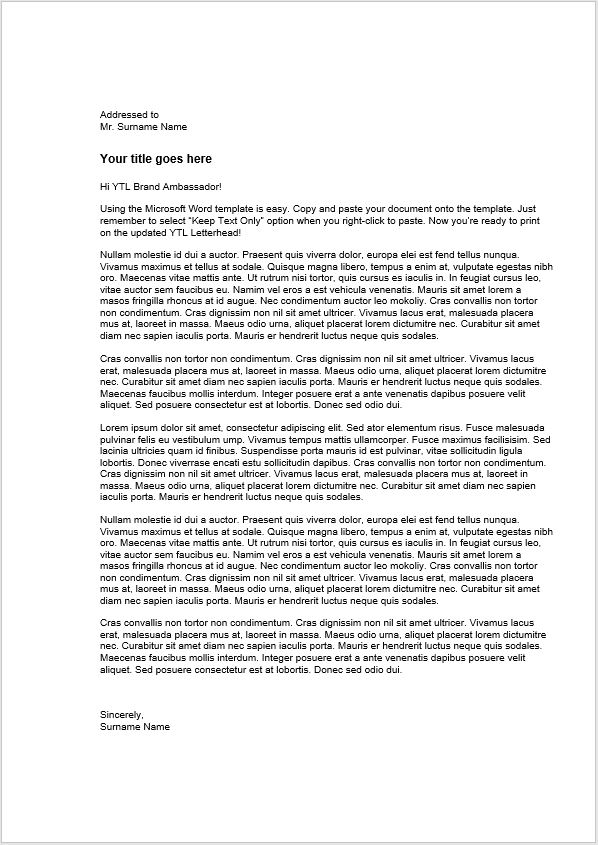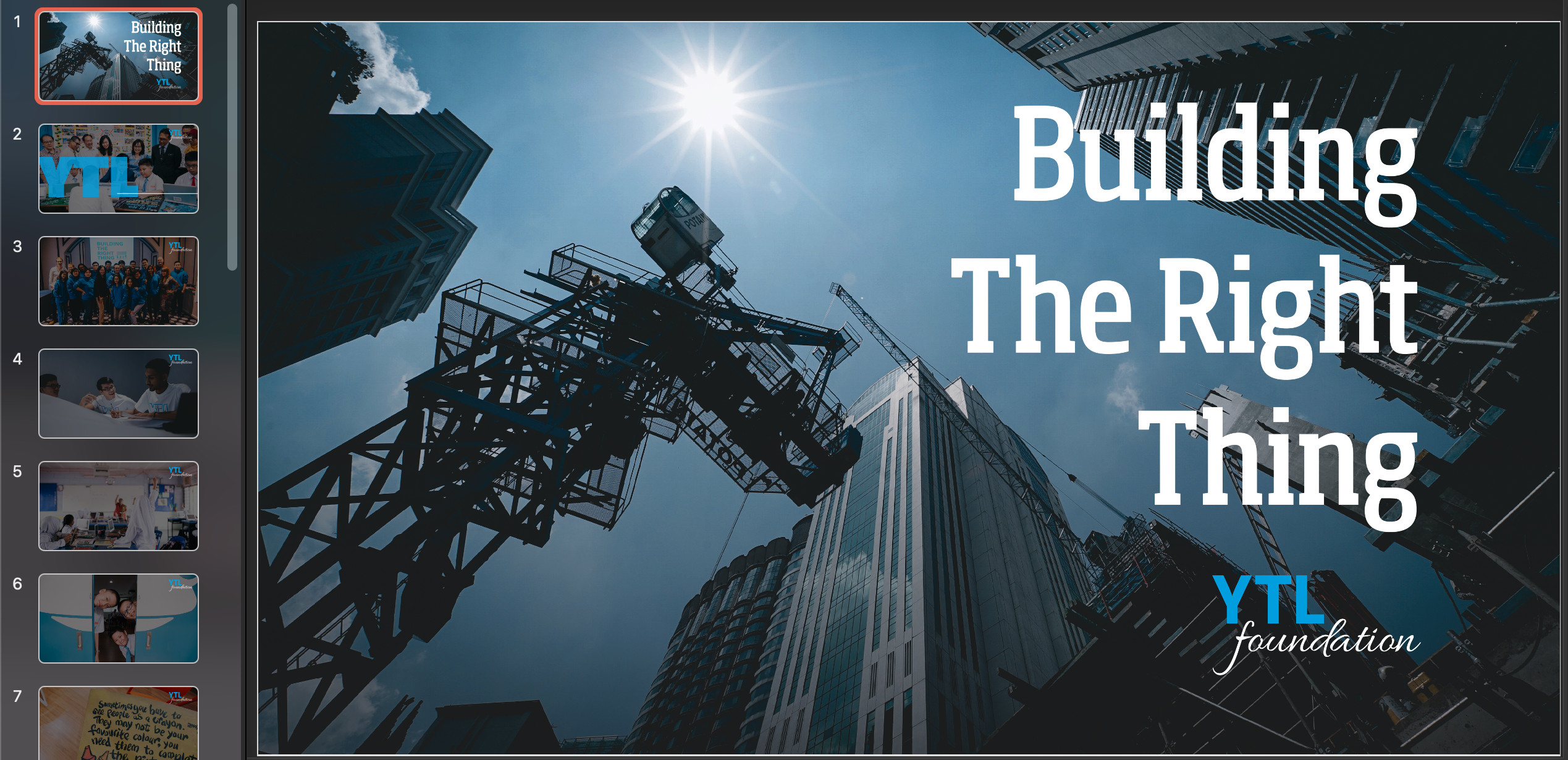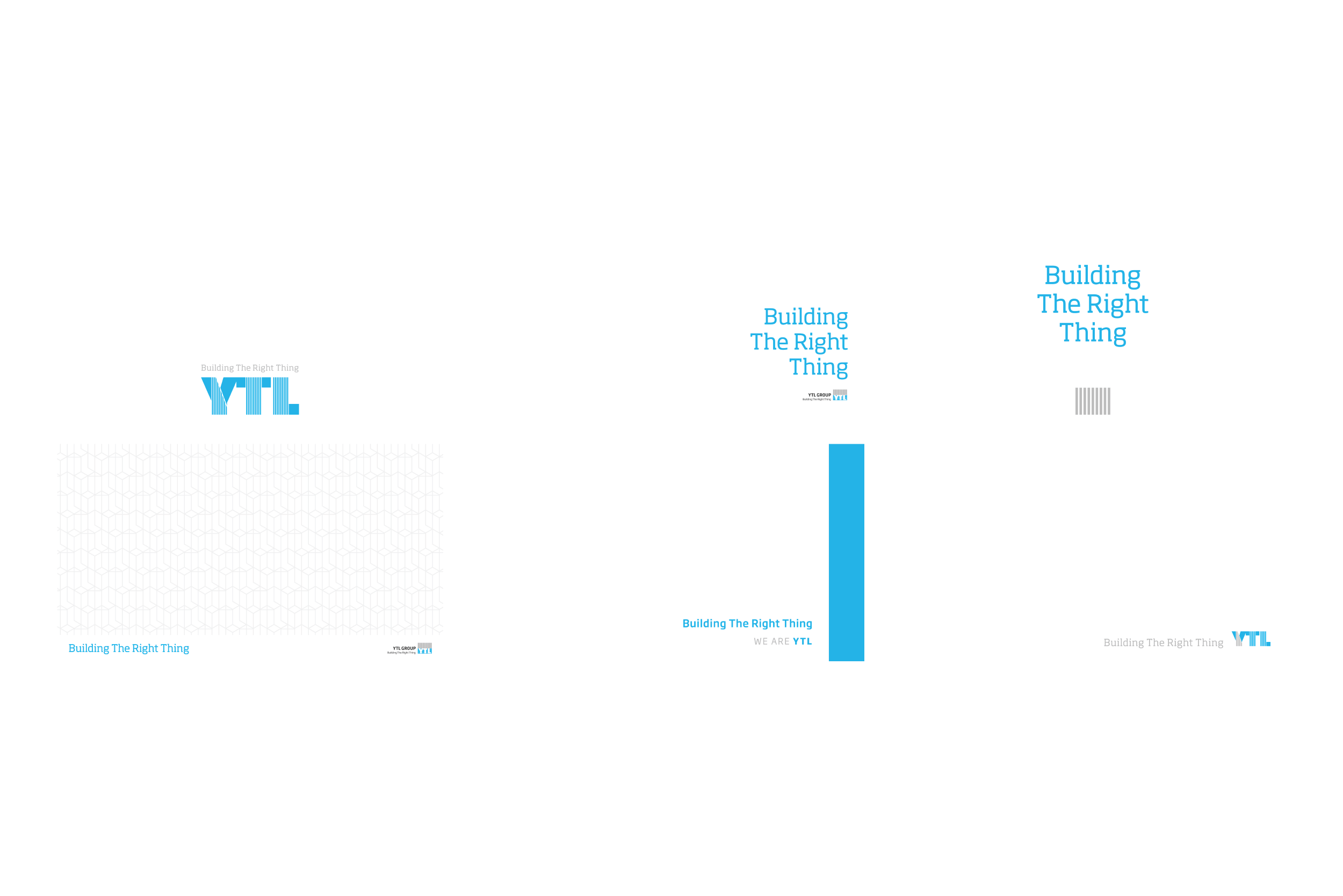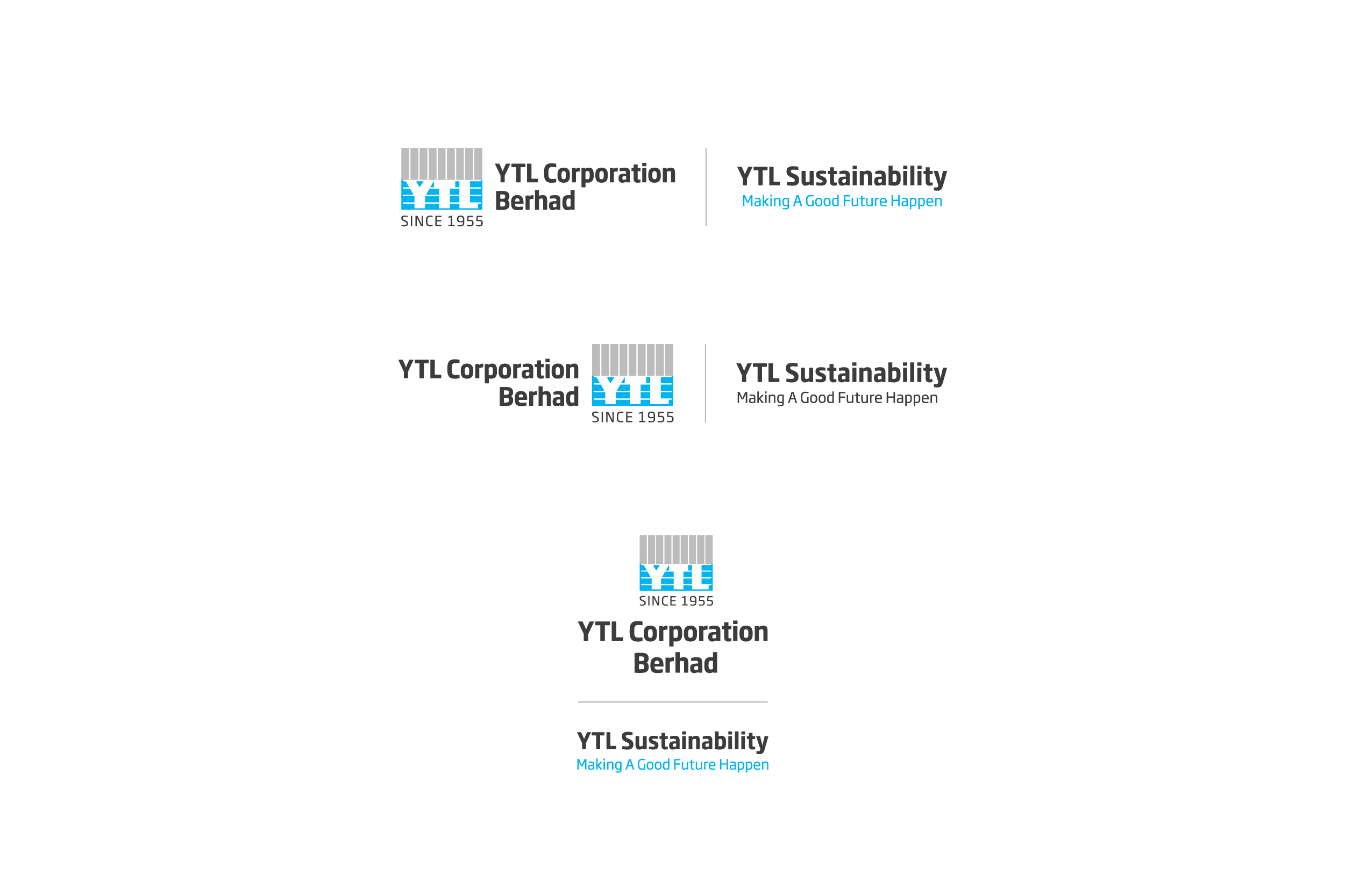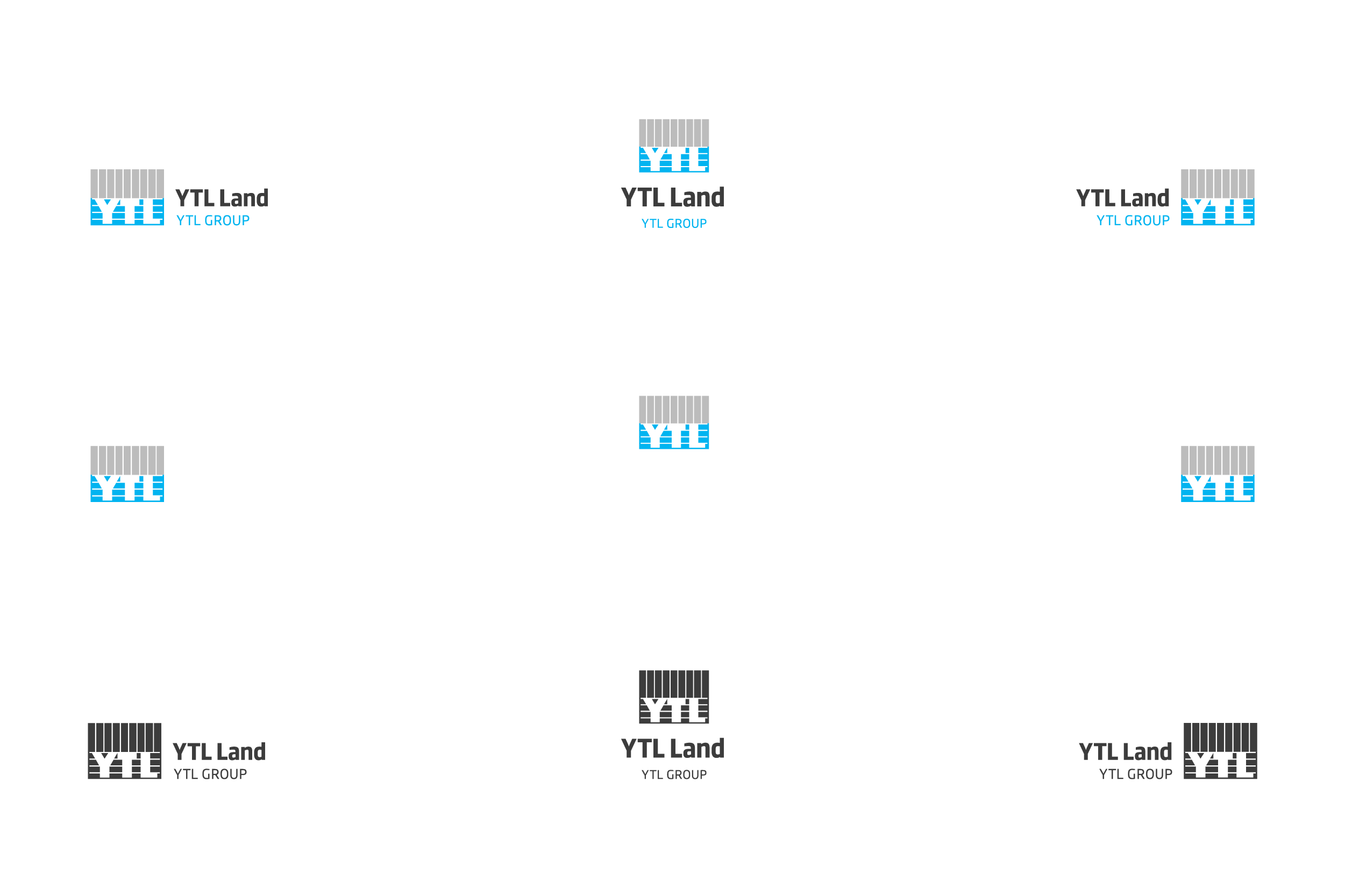by Caryl Teh
Collaboration. It’s tricky! When things go wrong, it can be easy to start pointing fingers at the other people in your team. But sometimes the crack in the pipe was in the process, not the people. We can’t smoothen out all your teamwork road bumps in one article, but it will help you and your team to be more aware of the different types of collaboration blockers, and how you can work together better. So let’s jump right in.
1. People Blockers
We’ll start with people blockers. Don’t get them wrong, most people don’t intend it. But before you start listing names in your head, we recommend you start with an honest self-check.
Here are some possible thoughts that fuel people blockers:
- Pride: Wanting to protect their own turf – ideas, project, team, or career trajectory
- Inflexibility: Resistant to change or exploring new potential ways forward; wanting to maintain the status quo
- Laziness: Wanting to avoid extra work or taking up more resources
- Selfishness: You might call this FOMO (fear of missing out) at the expense of having too many cooks in the kitchen.
Remember that you’re working in a TEAM. So no one, not even yourself, can afford to be an island. Some things that might help:
- A slice of humble pie
- Take some time to understand how each of your team members work
- Understand how each person’s role fits into the project objective
- Open and honest communication
2. Dependencies And Feedback Loops
 Dependencies might look like (a) collaborating with another team, department or external organisation; or (b) certain tasks that have to be done before another task can get moving. Feedback loops often happen when you need approval from a higher boss or stakeholders. How can you keep track of all these and make sure they’re not clogging the workflow?
Dependencies might look like (a) collaborating with another team, department or external organisation; or (b) certain tasks that have to be done before another task can get moving. Feedback loops often happen when you need approval from a higher boss or stakeholders. How can you keep track of all these and make sure they’re not clogging the workflow?
- Have a centralised communication platform like a project master to track all deliverables.
- It should detail what needs to be done by who and by when, taking into account dependencies, timeline and priorities.
- For approvals, consider which tasks may have longer feedback loops and if necessary, give extra time to review.
For a project master example, you can refer to our “3 Project Management Tips”.
3. Task Management
This refers to multitasking between several lower-priority or non-foundational tasks, losing the forest for the trees you might say. An effective solution for this type of blocker would focus on unblocking the workload, and not creating more work.
- Recognise your own blockers, e.g. constantly switching between tasks without actually finishing any of them, or forgetting that some exist…
- Ask someone you’re comfortable with to hold you accountable.
- Use task management tools like a to-do list.
4. Time Management
 A few classic examples:
A few classic examples:
- Too many meetings
- An inconducive work environment with too many distractions
- A lack of ability to focus because of burnout
- Not leaving enough time to review or for feedback loops and tests
What can you do to avoid these impediments?
- Adjust timelines as you go to keep expectations realistic
- Outsource tasks
- Remove unnecessary deliverables
- Find a distraction-ditching strategy that works for you
- Let your team lead know what you’re struggling with and ask. for. help.
5. Communication Issues
If left unchecked, ineffective communication can breed unhappiness, distress, unproductivity and disengagement among team members and departments. It’s important to unblock any communication issues for your team so that their creative process and the work in progress can flow easily. Examples of communication issues include:
- Lack of information to start a project or task
- Unclear requirements
What can you do?
- One way you could nip budding comms issues in the bud is by having regular check-ins with your team members
- Create a culture of open communication
- Respect your teammates and assume positive intent
6. Technical Issues
 Last, but very certainly not least, are the technical blockers. What do these look like?
Last, but very certainly not least, are the technical blockers. What do these look like?
- Overloaded server loads
- Technical debt
- System crashes or malfunctions
- Technology downtimes
- Unfamiliar tools or new technology
What can you do?
- Look back at recurring issues, make a list of potential technical issues that could arise. Prioritise finding solutions before they come up.
- Some of these technical difficulties will only crop up when your website or application is live. It’s best to make sure you have a team of experts who can respond quickly in real-time.
We hope this helps you identify what blockers are disrupting your teamwork, and provides you with some practical ways to handle those blockers and collaborate more efficiently.
Source:
Trello







